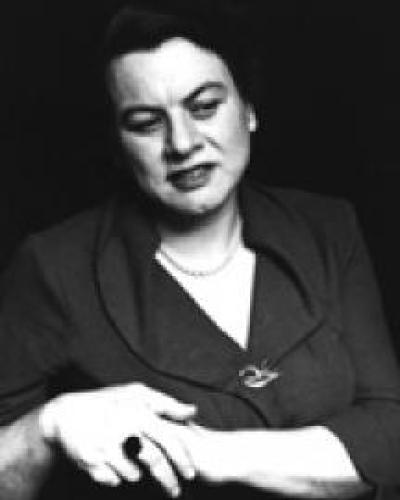From the outset, Muriel Rukeyser was at once a political poet and a visionary. At times, as at points in "The Book of the Dead," those qualities were intensified and in those moments she was simultaneously a revolutionary and a mystic. But to grasp the forces that drive her work—through a career that spanned five decades of American history—we have to come to terms with a visionary impulse rooted in time, embedded in a struggle with lived history. Politics is not only the large scale public life of nations. It is also the advantages and inequities and illusions that make daily life very different for different groups among us. Thus Rukeyser understood that race and gender are integral parts of our social and political life. Never officially a feminist, she nonetheless devoted herself, as she does in "Rite," to voicing women's distinctive experience throughout her career.
Although Rukeyser wrote numerous short, tightly controlled poems like "The Minotaur," it may well be that her most rich and suggestive accomplishments are her poem sequences. "The Book of the Dead" is one of the major poem sequences of American modernism. Rukeyser was born and raised in New York City and educated at Vassar College and Columbia University. During the 1930s Rukeyser regularly wrote for Communist Party publications like New Masses. She was in Spain to cover the antifascist Olympics in Barcelona when the Spanish Civil War broke out. She described that experience in the long poem "Mediterranean" and returned to the subject throughout her life. Years later, in 1975, she went to South Korea to protest the poet Kim Chi-Ha's imprisonment and anticipated execution; the poem sequence "The Gates" grew out of that trip. Rukeyser meditates on her poetics in The Life of Poetry (1949). She also published a novel, The Orgy (1966), as well as two biographies, Willard Gibbs (1942) and The Traces of Thomas Harriot (1971).

